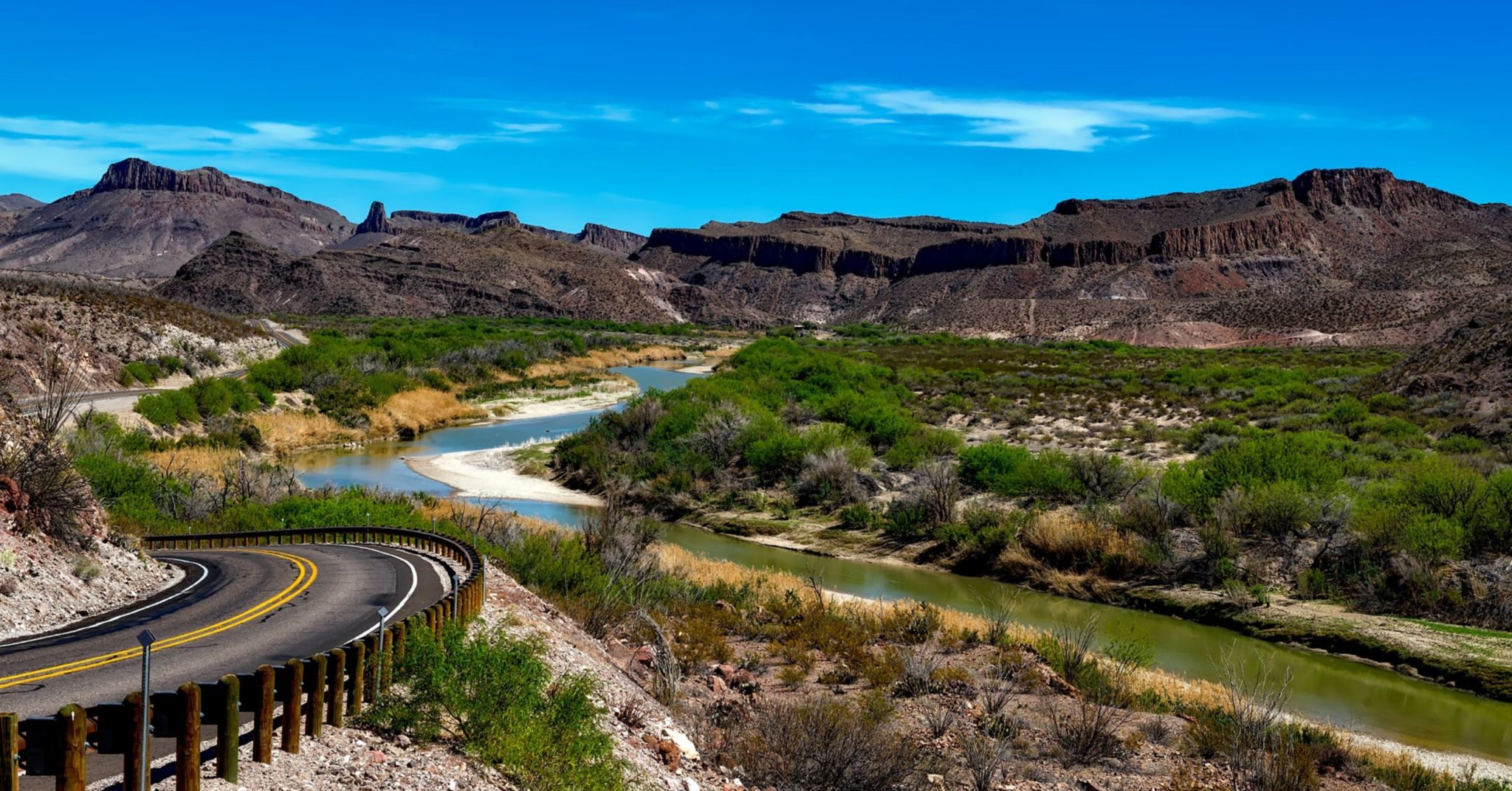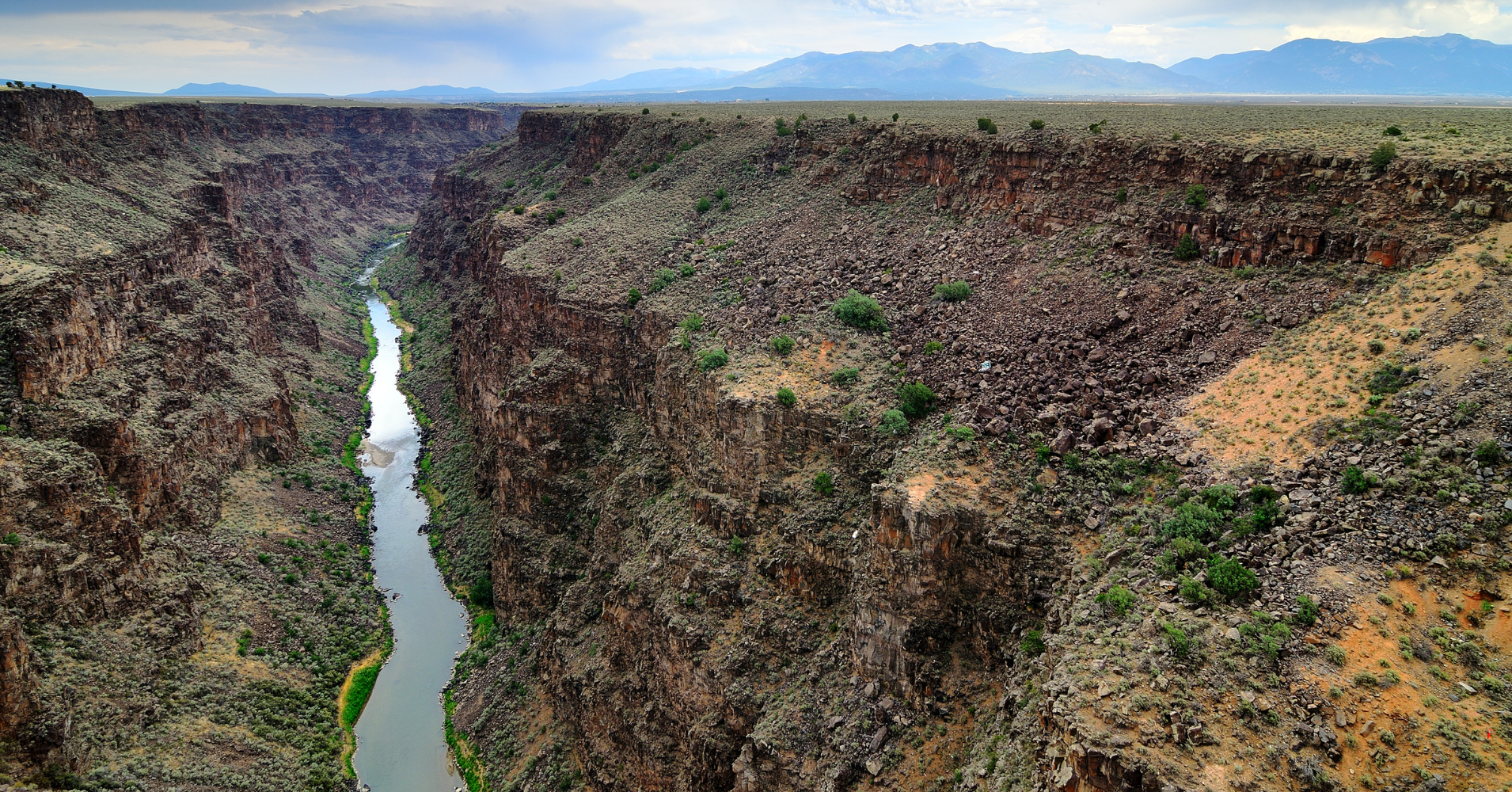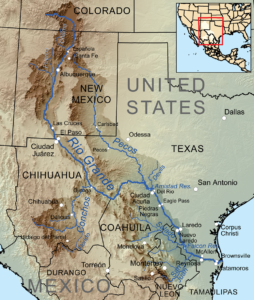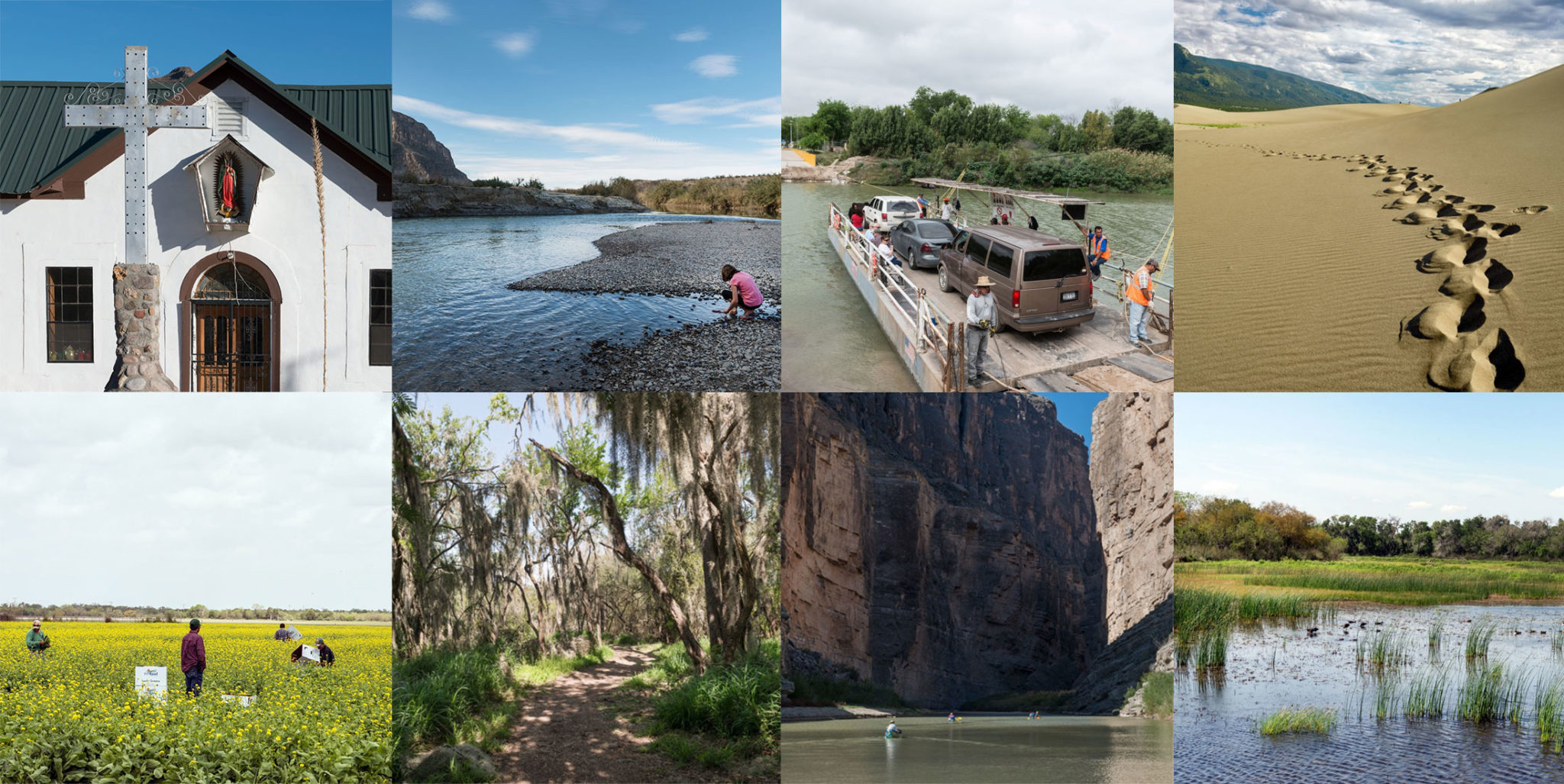Salazar Center for North American Conservation announces the Peregrine Accelerator for Conservation Impact

Earlier this month at the fourth annual International Symposium on Conservation Impact, the Salazar Center for North American Conservation announced the launch of its Peregrine Accelerator for Conservation Impact, a new program designed to spur innovative solutions for ecological and human health in the Rio Grande River basin, known as the Rio Bravo in Mexico.
“This new program is all about accelerating the pace and scale of conservation innovations,” said Gloria Schoch, senior director of global impact at VF Corporation and executive director at the VF Foundation.
The Peregrine Accelerator program will provide $10,000 seed grants for up to 12 project teams, which will then receive tailored mentorship, training, and feedback over a period of six months. At the conclusion of the program, each team will have developed an actionable implementation plan for its proposed innovation, and a final presentation event will offer participants the opportunity to receive one of several implementation grant awards.
“Not only will this program provide much-needed funding to groups working on the ground, it will also bolster participants’ organizational and leadership capacities through opportunities such as mentorship, workshops, and peer learning,” Schoch said.

“The basin is a rich ecological, economic, and cultural landscape, but it also faces threats from climate change, drought, and population growth.”
– Beth Conover, Salazar Center director
About the Rio Grande River basin

The Rio Grande River basin spans 330,000 square miles across the US-Mexico border and is home to roughly 13 million people across three distinct ecoregions, encompassing lush riparian forests, expansive mudflats, freshwater springs, salt marshes, and scrublands in mountain, desert and coastal regions. The basin contains some of the most biodiverse ecosystems in North America, with more than 450 rare species of neotropical birds, mammals, and insects that migrate through the borderlands each year.
The Rio Grande River is nearly 1,900 miles long and delineates more than half of the international border between the United States and Mexico, with approximately half of the watershed in each country. The Salazar Center, along with a diverse group of advisors and partners from across the US-Mexico border region, chose to focus on the Rio Grande River basin for a variety of reasons.
“The basin is a rich ecological, economic, and cultural landscape, but it also faces threats from climate change, drought, and population growth,” explained Salazar Center director Beth Conover.
“At the same time, the Rio Grande has seen a dearth of attention, resources, and philanthropic investment in comparison to the Colorado River. All of these factors combined pose a unique set of challenges—but also opportunities—for new and different approaches to conservation,” Conover said.

Counterclockwise from top left: 1) A community church is Shafter, Texas.
2) A child along the shoreline of the Rio Grande River in Big Bend National Park, Texas.
3) The hand-pulled Los Ebanos Ferry, the last of its kind, takes travelers from between Gustavo Diaz Ordaz, Tamaulipas in Mexico and Los Ebanos in Texas.
4) The dunes at Great Sand Dunes National Park & Preserve in Colorado are formed from wind-swept sand and soil deposits from the headwaters of the Rio Grande River.
5) Agricultural workers near the Rio Grande River in Hidalgo County, Texas.
6) Trees draped with Spanish moss within the Santa Ana National Wildlife Refuge, Texas.
7) Canoers approach a dramatic gorge on the Rio Grande River in Big Bend National Park, Texas.
8) A marsh within the Santa Ana National Wildlife Refuge, Texas.
Photos from the Lyda Hill Texas Collection of Photographs in Carol M. Highsmith’s America Project, Library of Congress, Prints and Photographs Division
The Peregrine Accelerator program builds on the success of the Salazar Center’s two previous funding challenges, the Connectivity Challenge and the Thriving Cities Challenge, which together awarded more than $600,000 to support 16 different innovation conservation projects across North America in 2020 and 2021.
Over the course of these programs, the Center learned from applicants and partners that more robust resources, monetary and otherwise, are needed to mobilize new conservation solutions, and that traditional grant funds could be more impactful when coupled with mentorship, training, and leadership development opportunities for grantees. In response, the Peregrine Accelerator is designed to specifically address these needs by providing funding, wraparound implementation support, and connections to peers and investors.
Apply for the Peregrine Accelerator
Applications are now open through November 21, 2022 with two opportunities for interested applicants to join informational webinars to learn more about the program, see a demonstration of the application portal, and ask questions.
To learn more, visit peregrineconservationimpact.org.
About the Salazar Center for North American Conservation
The Salazar Center at Colorado State University works to connect diverse leaders, communities, and resources across the North American continent in order to accelerate the pace and scale of equitable, innovative, and durable solutions for nature and all people. The Center brings together thought leaders, resources, and diverse perspectives to inform an intersectional approach to conservation challenges, building bridges that connect academic research, community practice, and policy development.